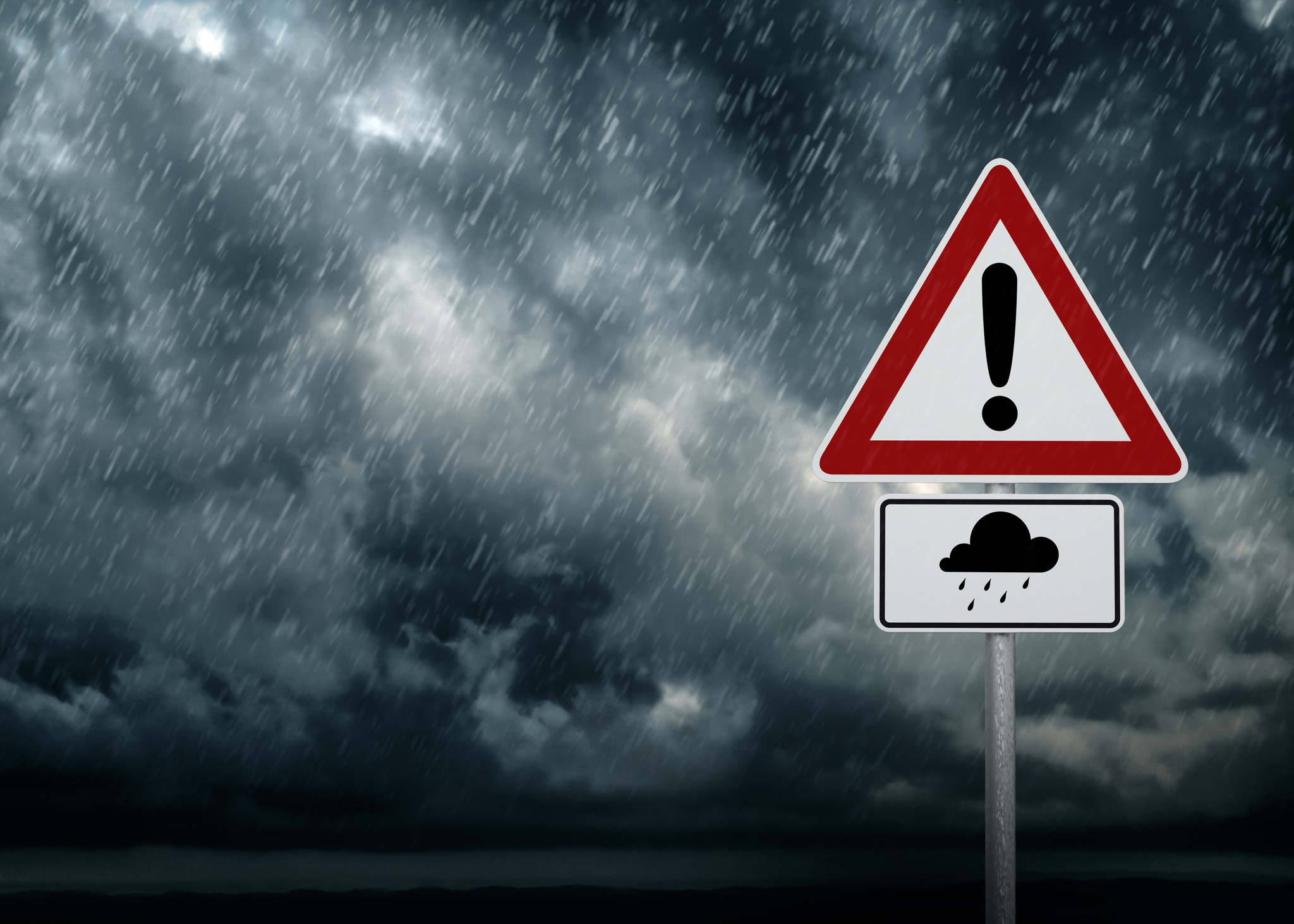Preparing Your Generator for Hurricane Season and Beyond

With hurricane season just around the corner — beginning June 1st and running through November 30th — keeping your generator properly maintained is essential for keeping your business up and running should a power outage occur. Just as your fleet vehicles require preventative maintenance for cost control, reliability, and safety — so does your generator.
Maintaining Your Investment Protects Your Business
It only takes one power outage to have a devastating impact on business operations should your generator fail. From lower productivity to customer service challenges, costs related to a power outage add up quickly and can hugely affect your bottom line. While every business is different and losses vary by industry and business size, the average cost for U.S. businesses for one hour of downtime is $100,000. Yikes!
Routine maintenance of your generator can protect your bottom line from these costs by ensuring your generator is ready to kick in whenever you need backup power. Plus, as a bonus, regular maintenance extends the life of your generator, giving you a better ROI.
To that end, let’s look at some simple maintenance tips to keep your generator running efficiently. For major repairs, always consult with a generator specialist.
Test Fuel
Fuel breaks down over time, making your generator run less efficiently and get dirtier faster. It can cause your generator to fail when you need it most.
To ensure fuel integrity, stored fuel should be monitored on a regular basis and periodic microbe testing conducted. Change out the fuel at least once a year to keep the internal components of your generator clean and running at peak efficiency.
Many fuel providers offer fuel monitoring/testing services if outsourcing would work best for your operations.
Keep it Covered
Protect your generator from constant exposure to the elements by keeping it covered. Permanent generators typically have a hard shell cover for protection from rain, wind, hail, etc., that allows adequate airflow when the generator turns on. If you have a portable unit, protect it with a fitted cover that will stay in place in windy conditions.
Check the Filters
A generator has filters that can become clogged with debris and contaminants. The longer the generator runs, the more clogged the filters can become. Before you run the system, check the filters. Clogged filters cause the system to run less efficiently, making it more expensive to operate. If filters appear clogged, replace them.
Check Oil Levels
Check oil levels at least once a month. Low oil levels can cause the components to grind against each other and break down. Just as you do with your vehicles, if the oil is low top it off. If the oil looks black or dirty change it. Be sure to keep track of how many hours the generator has run since the last oil change. Generally, the oil should be changed every 500 hours of use.
Inspect the Belts
Even when the system is not running, it puts stress and strain on the belts inside the generator. Carefully examine the belts to see if they are frayed, torn, or overstretched. If so, they need to be replaced. As a general rule, belts should be inspected once a month to avoid an unexpected breakdown.
Visually Inspect the Unit
Walk around the unit and check the cover for any damage. If you don’t have a cover, make sure the area around the generator is clear. Additionally, look for signs of rodents and pests nesting in the system. If that is the case, contact your pest control provider and have a generator specialist inspect the generator for any damage.
Check Batteries for Corrosion
Batteries are a top cause of generator issues. Their connections can become loose and terminals can corrode, which can cause the generator not to start. Every month inspect the batteries and tighten any loose connections. If corrosion is present, it is better to be safe than sorry and replace the batteries.
Crank it Up
Run your generator for at least 30 minutes every month, as generators start to break down when they are not used. Running it redistributes the oil, fluids, and lubricants throughout the system and prevents the components from stiffening up and becoming damaged.
Keep the Fuel Tank Full
Letting the tank go empty can be as bad as letting fuel sit and gum up your generator. Without fuel, your system can’t run and when a weather event or unexpected event occurs, the last thing you need to be thinking about is filling up the tank. Working with your fuel provider can ensure you always have the reliable fuel you need, even in emergency situations.